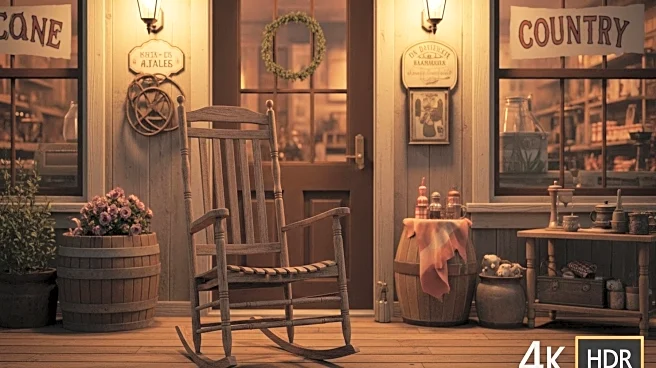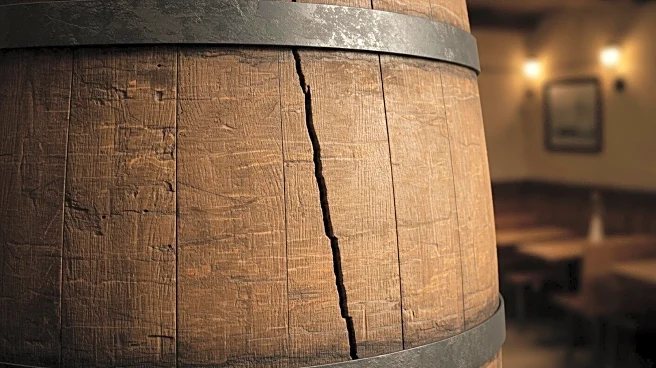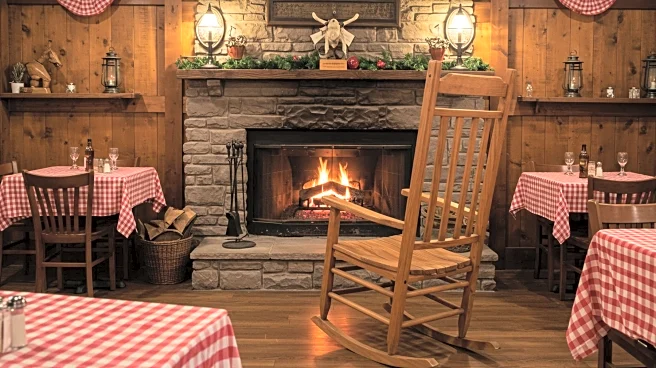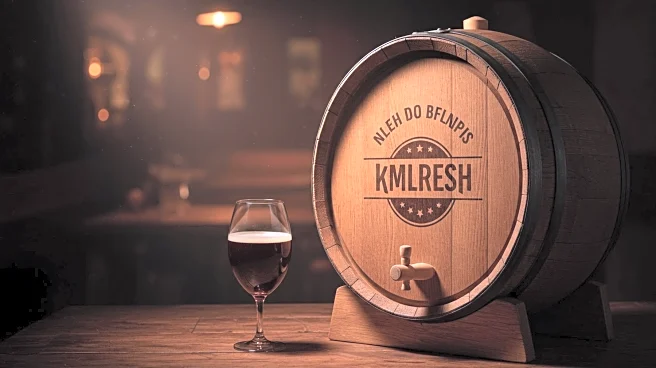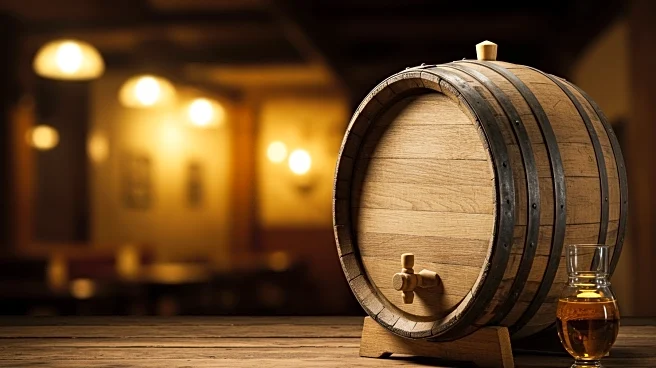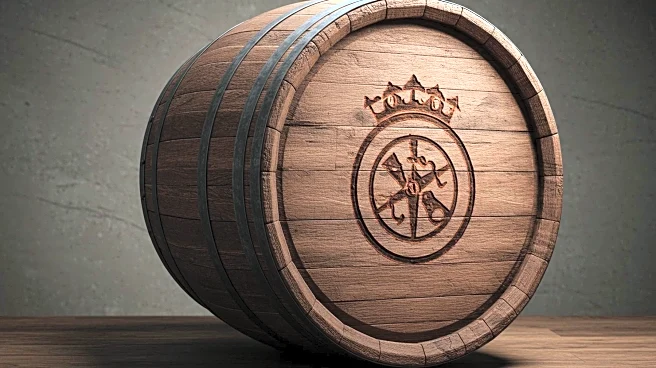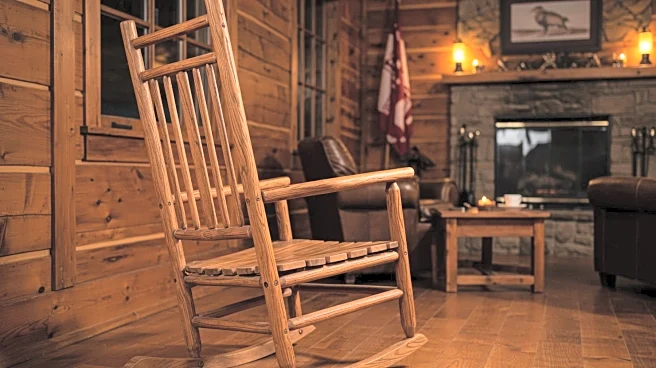What's Happening?
Cracker Barrel recently unveiled a new logo as part of a brand refresh, which has led to significant backlash from its loyal customer base. The redesign removed the image of an older gentleman, known as Uncle Herschel, sitting in a wicker chair leaning against a barrel, which was a central element of the brand's identity. This change was intended to modernize the brand's image, but it has been criticized for straying too far from the company's roots. The backlash highlights the challenges companies face when altering iconic brand elements that hold sentimental value for customers.
Why It's Important?
The controversy surrounding Cracker Barrel's logo change underscores the risks associated with rebranding efforts, particularly for legacy brands with a strong nostalgic appeal. The backlash could impact the company's reputation and customer loyalty, potentially affecting its financial performance. This situation serves as a cautionary tale for other companies considering similar changes, emphasizing the importance of maintaining brand consistency and understanding customer sentiment. The incident also reflects broader cultural and political sensitivities that brands must navigate in today's polarized environment.
What's Next?
Cracker Barrel has stated that it will continue to use Uncle Herschel in its marketing, despite the logo change, in an effort to reassure its customer base. The company may need to engage in further communication efforts to clarify its brand values and address customer concerns. Additionally, Cracker Barrel's leadership will likely monitor the situation closely to assess the long-term impact on its brand and business performance. The company may also consider additional strategies to modernize its image while preserving its traditional appeal.
Beyond the Headlines
The backlash against Cracker Barrel's logo change highlights the emotional investment customers have in legacy brands and the potential consequences of altering brand identities. This situation raises questions about the balance between modernization and tradition, as well as the role of branding in maintaining customer trust and loyalty. It also illustrates the broader challenges companies face in adapting to changing market dynamics while respecting their heritage.
